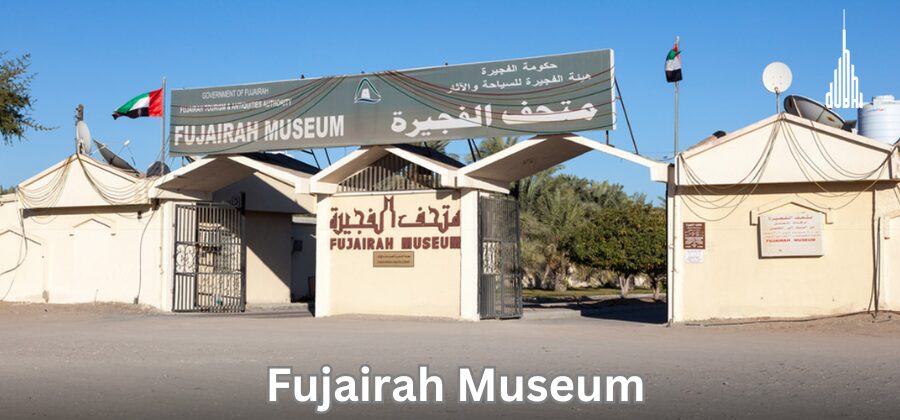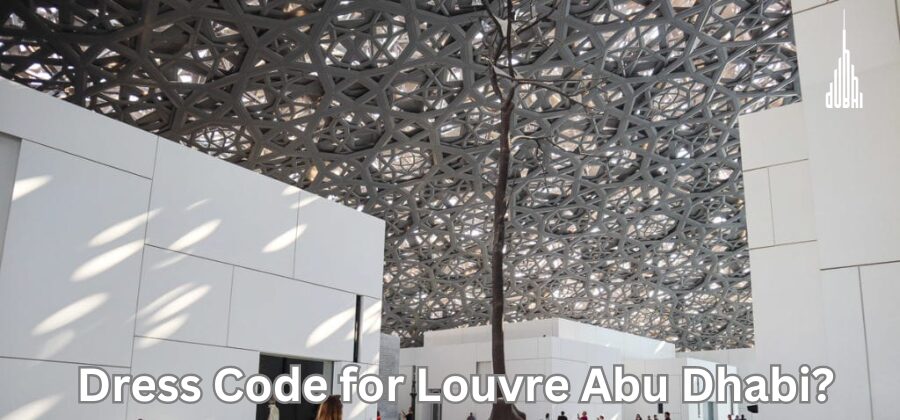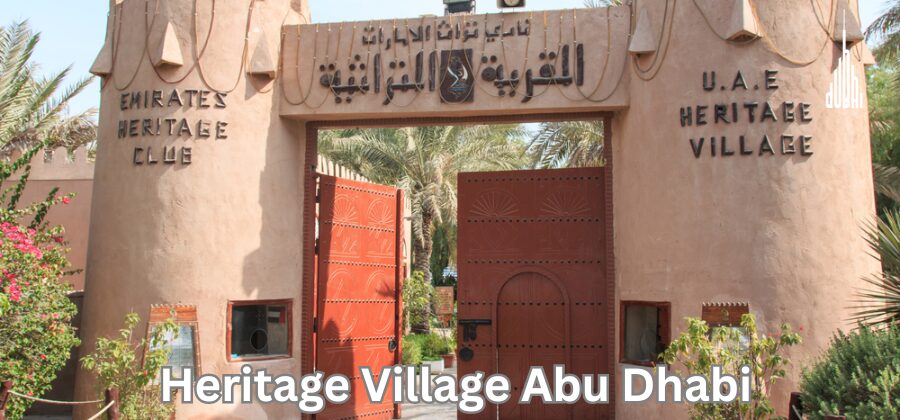The Fujairah Museum is a really cool place in Fujairah, in the United Arab Emirates. It started small in 1969, just a room with things like coins, tools, pottery and weapons. But over time, it got bigger. In 1991, Sheikh Hamad bin Mohammed Al Sharqi made a rule to take care of old stuff and set up a department for it. The museum was then officially opened by the rulers of Fujairah on November 30, 1991. Now, it houses more than 2,100 artifacts, showing the way people lived in Fujairah and the UAE.
You can visit different parts of the museum. One section shows the occupations of the people, such as farming, fishing, pottery and trading. Another section holds old weapons, clothing and tools. There is also a section like an old spice shop and market. They’ve got cool stuff from old tombs in places like Al Badiyah, Dibba Al-Fujairah, and Qidfa. Items such as arrowheads, colorful flowers and old pots can be found. The museum is connected to the Fujairah Fort, making it an ideal stop for history enthusiasts and adventurous travelers.
Pictures of Fujairah Museum
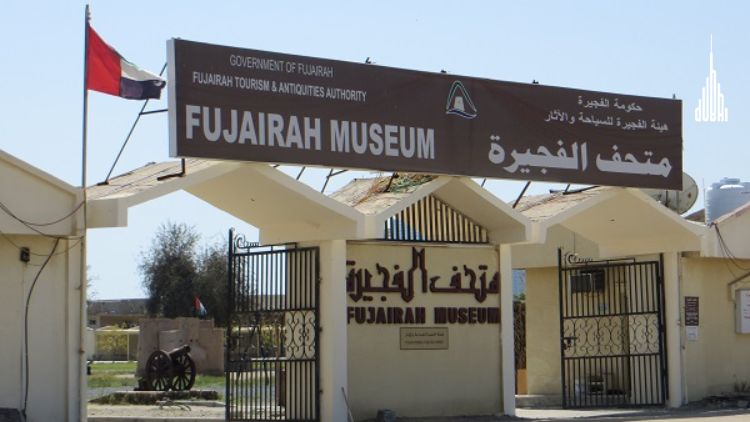
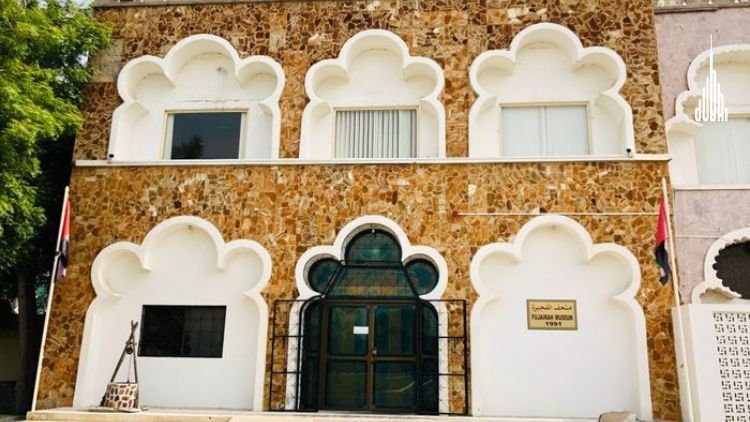
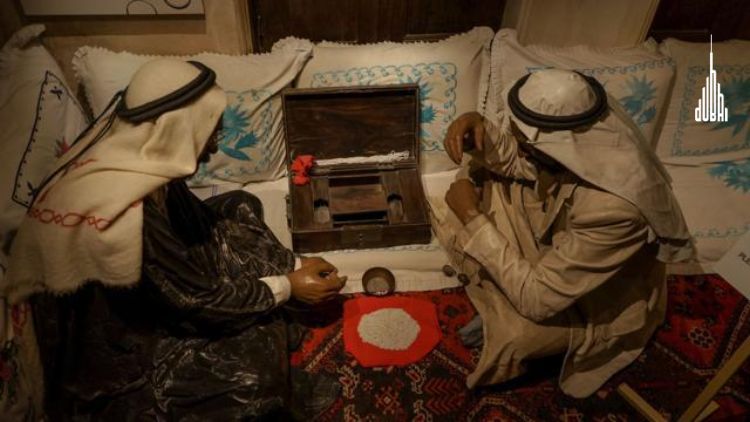
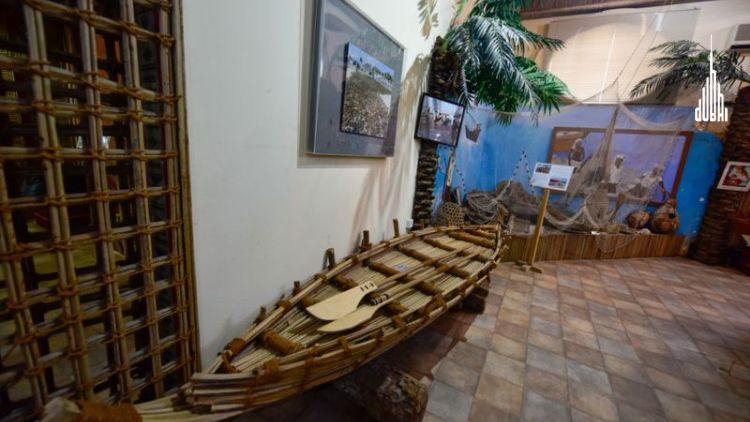
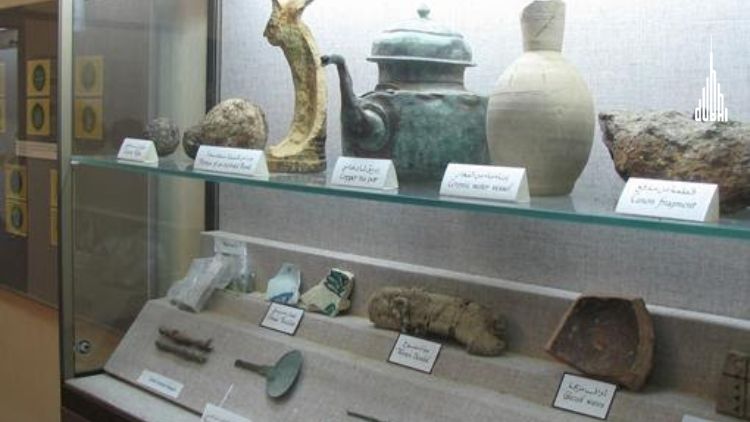

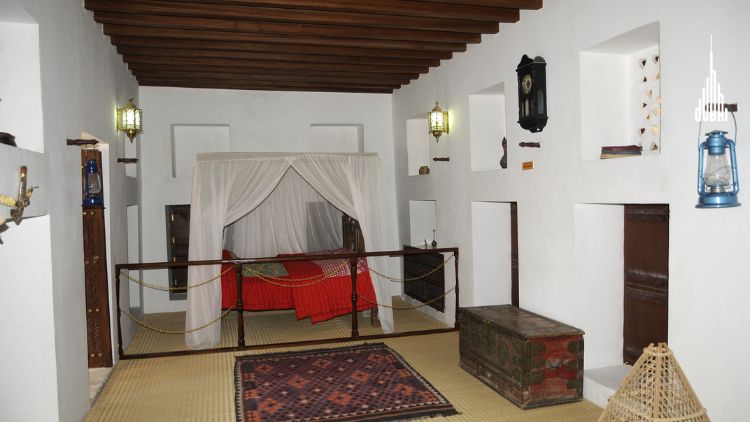
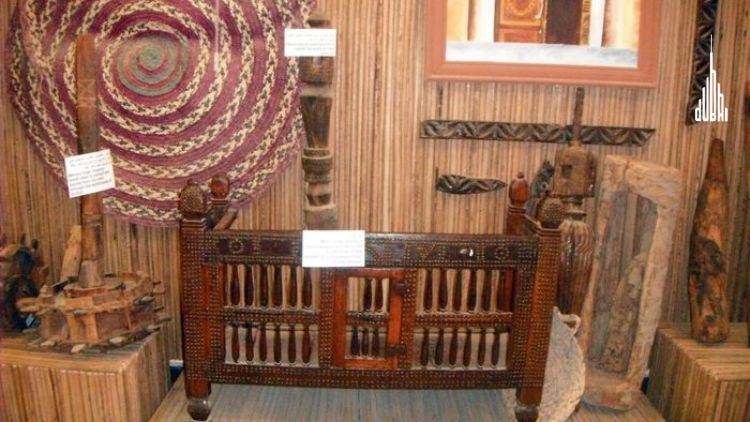
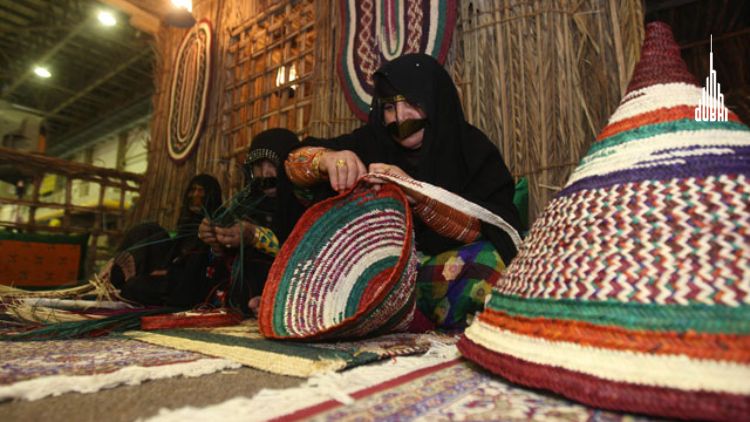
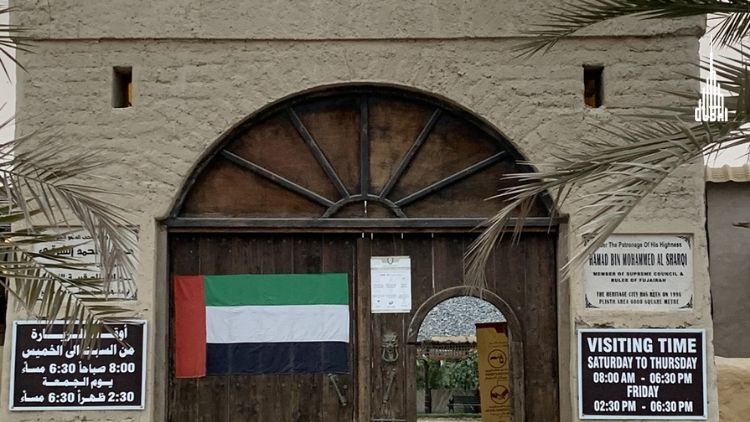
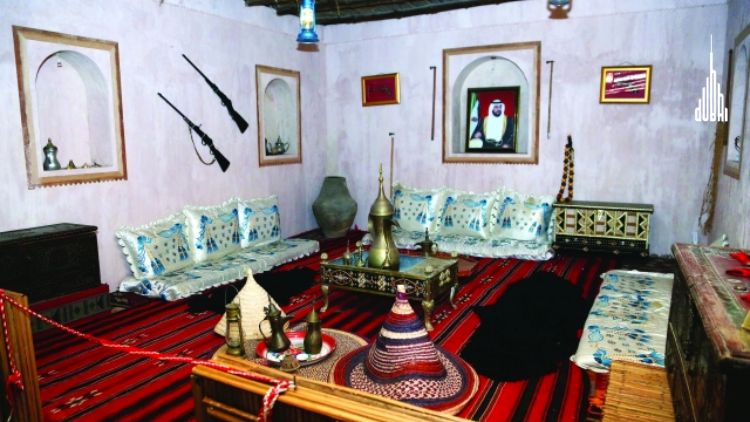
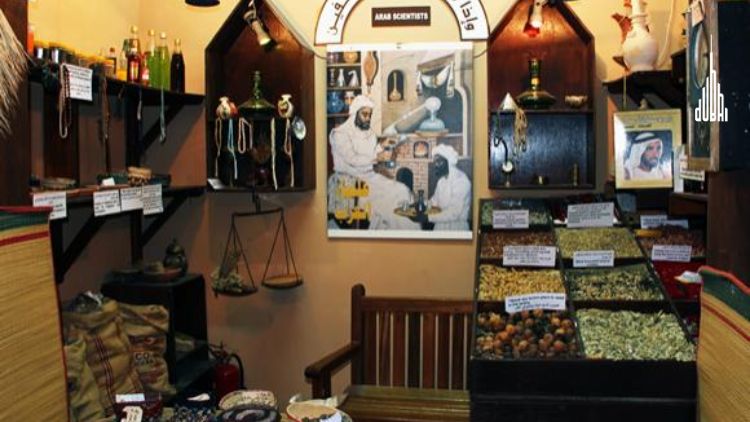
Things to see at Fujairah Museum
The Fujairah museum has three parts: Hall 1 for daily life (clothes, tools), Hall 2 for history (weapons, tombs), and Hall 3 for a bustling marketplace (spices, everyday items). Here are the 10 must-see attractions of the museum:
1. Traditional Livelihoods
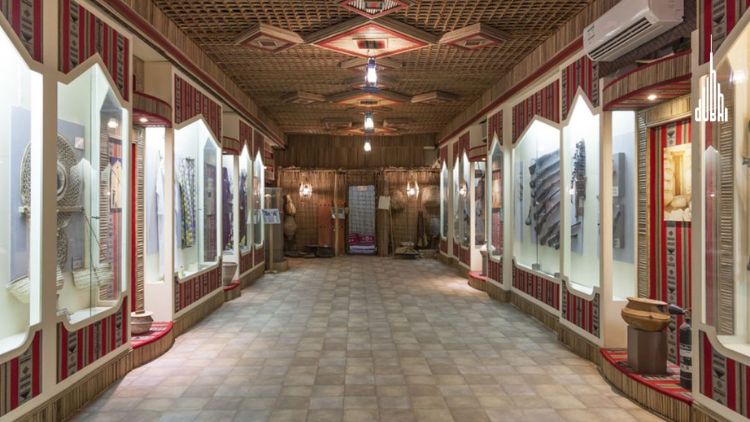
The Fujairah Museum is a great place to see how people in the UAE lived and worked in the past. It has a special place that shows what farming was like in the past, with old tools and methods of growing crops. There are also beautiful examples of weaving showcasing many works and designs by local artists. Plus, there are pots made from clay, each with its own story of how it was made. The museum also shows how important fishing was, with displays about catching fish in the Arabian Gulf, which helped people make a living and trade with others. The museum displays over 2100 artifacts, including some very old and special items. It educates visitors on how these industries have changed over time and shows how clever and tough the UAE people are.
2. Classic Weapons
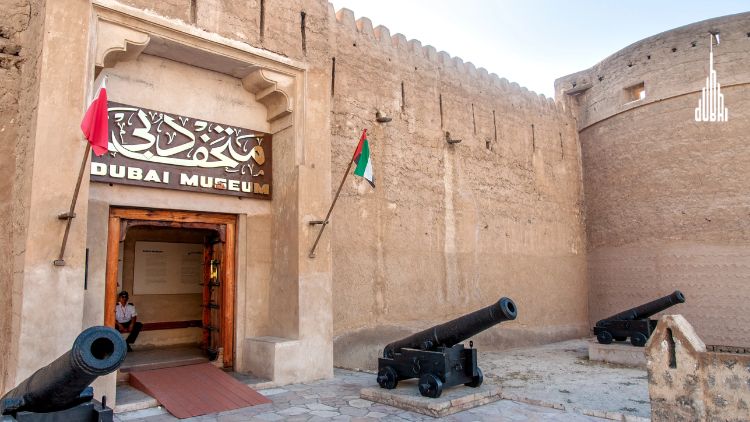
The heritage section of the Fujairah Museum is like a time machine of the past, displaying old and powerful weapons from the history of the UAE. The 1916 Khedewi rifle is a highlight. It shows how important guns were for fighting and protecting the area in the early 1900s. This rifle is unique because it helps people understand the major battles of the First World War and the part the region played in those battles. Preserving Emirati culture and history since 1969, the museum boasts an extensive collection. These include the Khedewi rifle and other weapons of vital public importance. They help tell the story of what life, battles, and victories were like for the ancestors of the Emirates. The weapon displays great skill and new technology from the past.
3. Traditional Clothing and Utensils
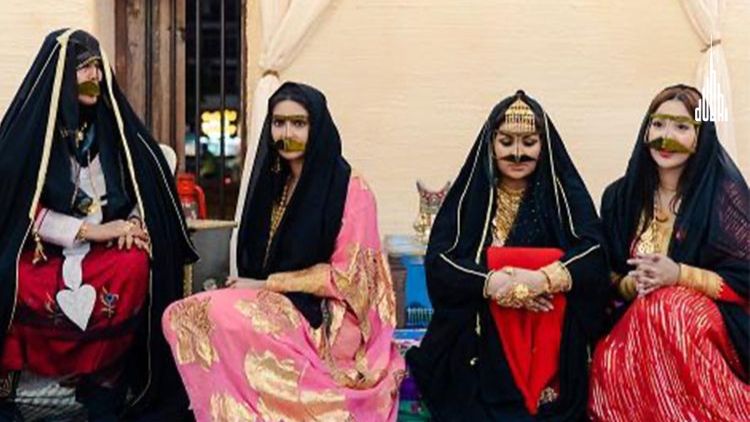
The Fujairah Museum allows you to explore the traditional way of life in the Emirates through the clothing and equipment of the past. The Kandura and Abaya, made from cotton and silk, are perfect for the hot weather and are decorated with Al Sadu weaving, which is a colorful part of UAE’s culture. There are also items like Al Khous, made from palm leaves, and clay pots called hib, which keep water cool. These items show how the people of the UAE created everything they needed from what was around them. This part of the museum helps us to recognize and remember the intelligent ways of Emirati life in the past.
4. House Made from Palm Leaves
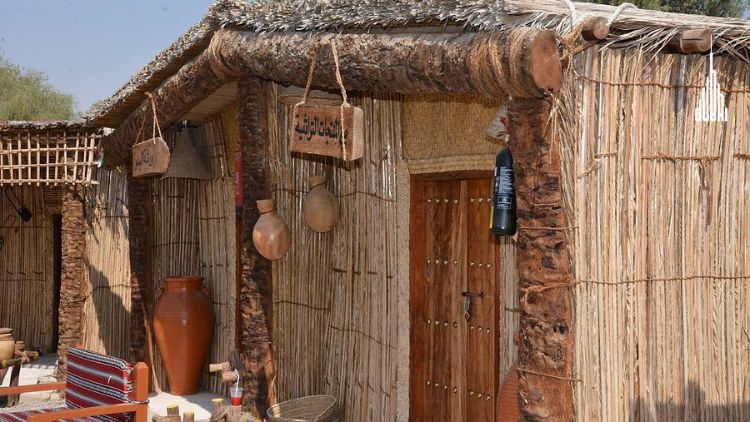
The Fujairah Museum has a special copy of an old house made of palm leaves. Called Arish, this house was a smart way for UAE residents to build structures that would keep them comfortable in the desert. Leaves from date palms are used, which are soft and good at keeping temperatures low. These houses required a lot of skill to build, and people learned how to build them from their families for years. When you see this house in a museum, you realize how crafty people were long ago. They used every part of the palm tree to make their lives better and to live in a way that was good for the earth.
5. Traditional Artifacts
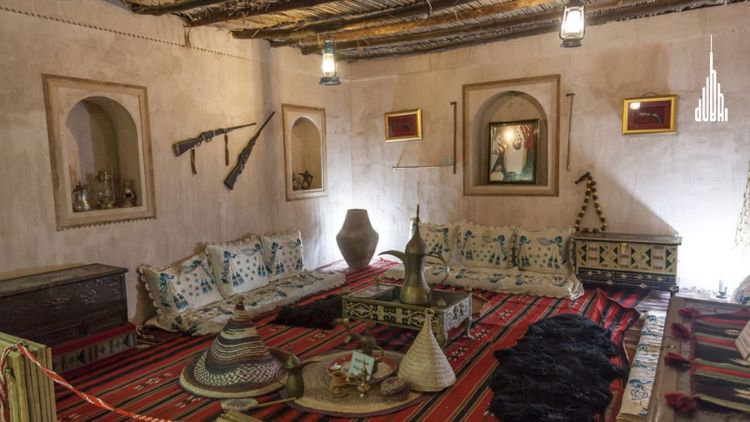
The Fujairah Museum has an extensive collection of artifacts, some dating back more than 4,500 years to the early Bronze Age. You can see arrowheads that people used long ago for hunting and protection. There are also bright carnelian beads that are very special to them. In addition, there is old pottery from sites such as Al Badiyah, Dibba Al-Fujairah and Kidfa’, which show us how people bury their loved ones and live their daily lives. All of these items are part of a larger collection at the museum. They help us understand how people made and consumed things in the UAE long before now.
6. Spice Shop and Souq

There is a section of the Fujairah museum that looks like an old spice shop and a busy market called the Souq. It feels like you are in the middle where people used to trade a long time ago. The spice shop boasts over 50 different fragrant spices, all historically significant for both culinary use and trade within the UAE. Each aroma tells a story of the spice routes and their influence on Emirati cuisine. The Souq is lively, selling all kinds of goods, including clothes and ceramics, just like in the past. This shows how people bought and sold and talked to each other, which was a big part of life back then. This part of the museum helps us to see and understand busy markets in the past without using any specific numbers.
7. Ostrich Egg
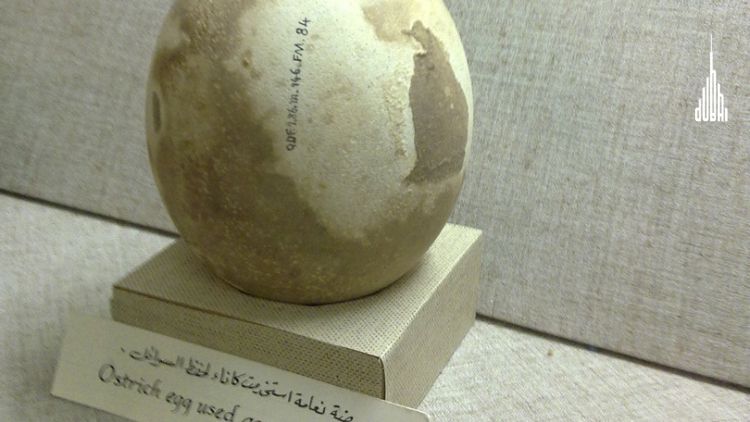
The Fujairah Museum has a very special item, an ostrich egg from the 3rd century B.C. This egg is more than 2,300 years old and is important because it tells us about trade, culture and nature in that area in the past. Ostriches lived in the Arabian Peninsula and their eggs were valuable. People traded them or used them to decorate their homes, making them look rich and important. These old eggs then help us to understand the plants and animals of that time, as well as the lifestyle of humans and large birds like ostriches. The eggs are a piece of history that the museum keeps safe to show visitors what life was like.
8. U-shaped Tomb
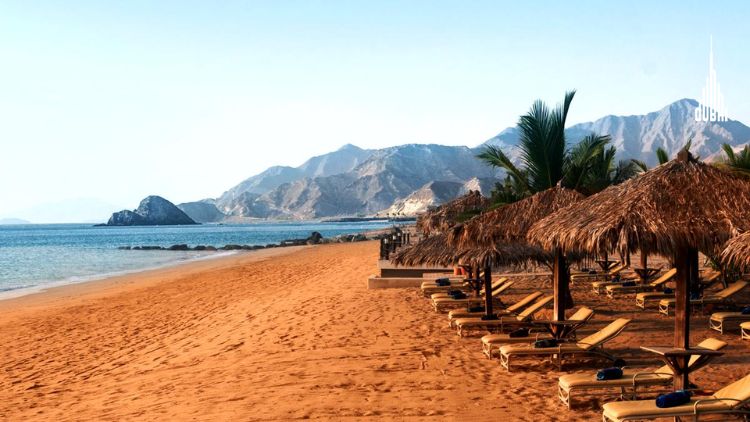
The Fujairah Museum has an amazing old tomb shaped like a “U” from 2000 B.C. This particular tomb is very important to the museum because it shows us what life was like in that area long ago. The tomb was moved inside the museum for public viewing. The “U” shape is not common and shows us how people buried their loved ones at that time and what their architectural skills were like. This tomb helps us learn about the customs and beliefs of people over 4,000 years ago. It’s great to have this tomb in a museum because it helps keep history alive.
9. Old Coins and Farming Tools
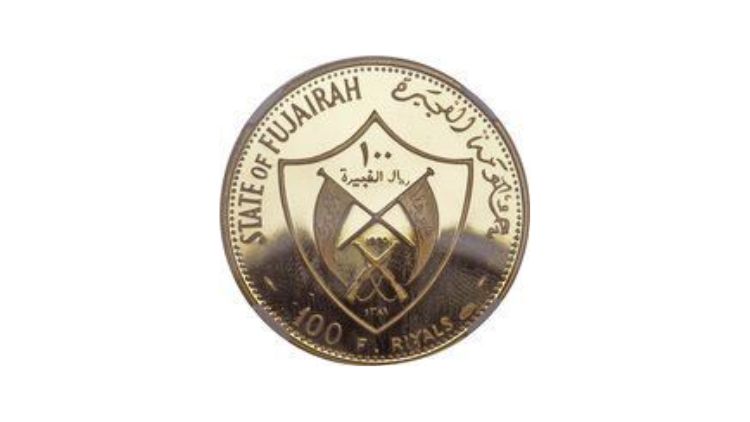
Established in 1969, the Fujairah Museum is a historical treasure trove of artifacts that take us back to the third millennium B.C. It contains a collection of old commercial coins, which reflect our economic life in the past. These coins are from a time when 100 Dirhams equaled 1 Riyal. In 1973, the UAE adopted the dirham divided into 100 fils. The museum also houses agricultural tools, revealing ancient agricultural methods, like hand plows (Mehrash) and sickles (Minshar), revealing how people once cultivated crops and protected them. These pieces are important because they show the challenges and techniques used in daily life for survival.
10. Traditional Homes

The Fujairah Museum has models of old houses that show how people lived in the past. Houses were built with bricks, mortar, branches and palm leaves because those materials were readily available and worked well in hot weather. These homes averaged around 50-70 square meters. These homes were simple but intelligently constructed, providing a calming atmosphere in the desert. Looking at these models, we can see the ways in which people built their houses long ago in Fujairah. It’s cool to think about how clever they were using what they had around them to create a good habitat.
Facts of Fujairah Museum
- Architecture: The museum building itself is a great example of Islamic architecture.
- Exhibitions: The museum holds temporary exhibitions in addition to its permanent collection. It presents 4-5 temporary exhibitions throughout the year. These displays can focus on specific archaeological objects, cultural practices, or art forms.
- Educational programs: The museum offers educational programs and workshops for visitors of all ages. These meetings are held at least once a month. These events can be a great way to learn more about the history and culture of Fujairah in a fun and interactive way.
- Restoration efforts: The museum has played an important role in preserving more than 2,100 artifacts and the cultural heritage of Fujairah. This includes efforts to restore artifacts and historic buildings.
What is the entrance fee of Fujairah Museum?
The entrance fee for the Fujairah Museum is 5 AED per person. This modest fee grants access to a world of historical treasures and cultural exhibits, making it an affordable and enriching experience for visitors interested in exploring the rich heritage of the United Arab Emirates.
What are the opening times of the Fujairah Museum?
Fujairah Museum Opening Hours:
- Friday: 2:30 PM – 6:30 PM
- Saturday – Thursday: 8:00 AM – 6:30 PM
Where is the location of the Fujairah Museum?
The Fujairah Museum is located in the heart of Fujairah City, 48PQ+2HC, Al Sharyah- Fujairah- United Arab Emirates. This archaeological and local history museum is a treasure trove of artifacts and exhibits that tell the story of the region’s rich past. It is easily accessible by car or taxi.

